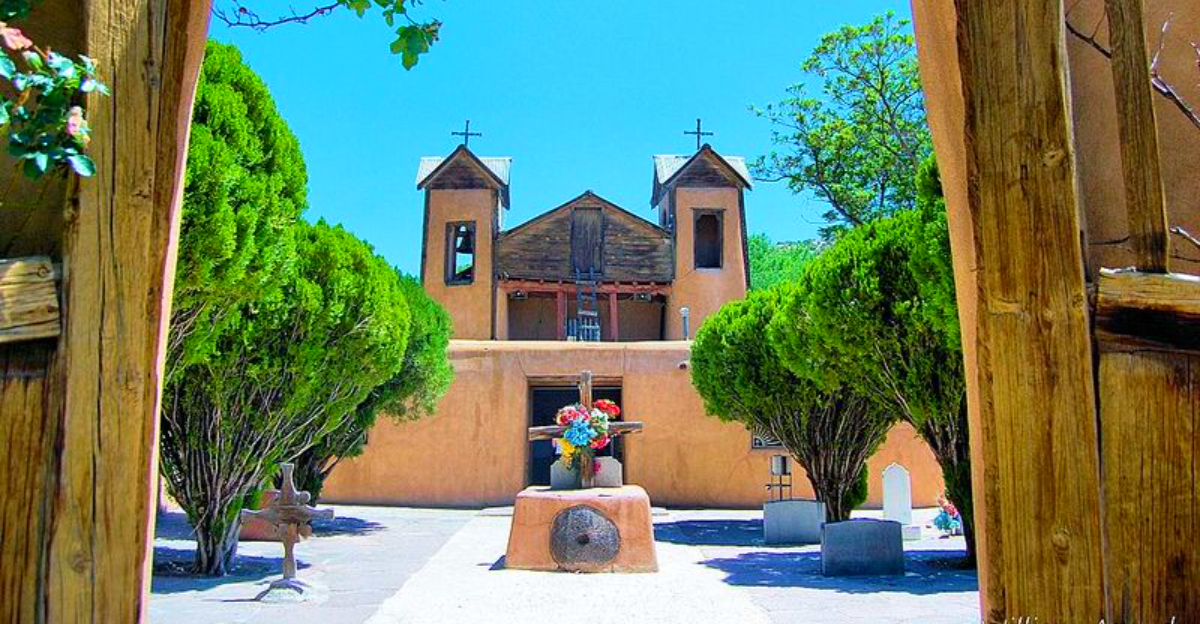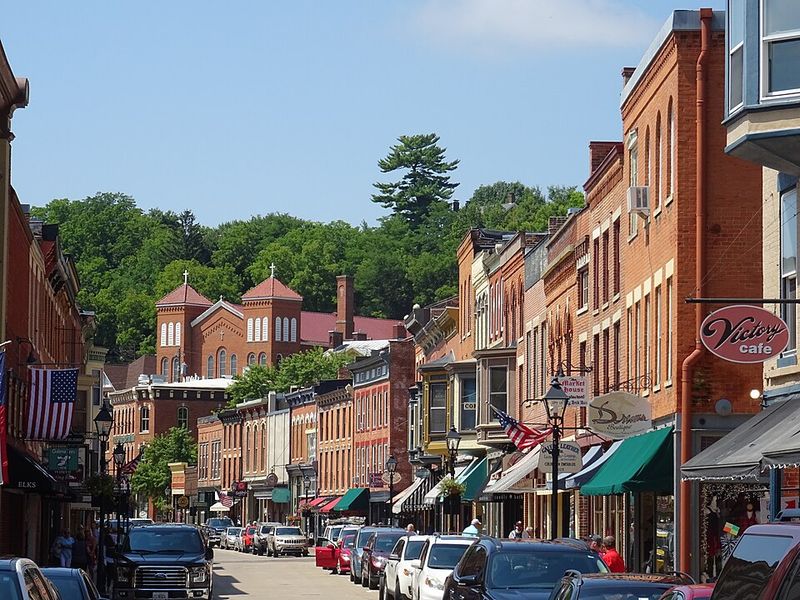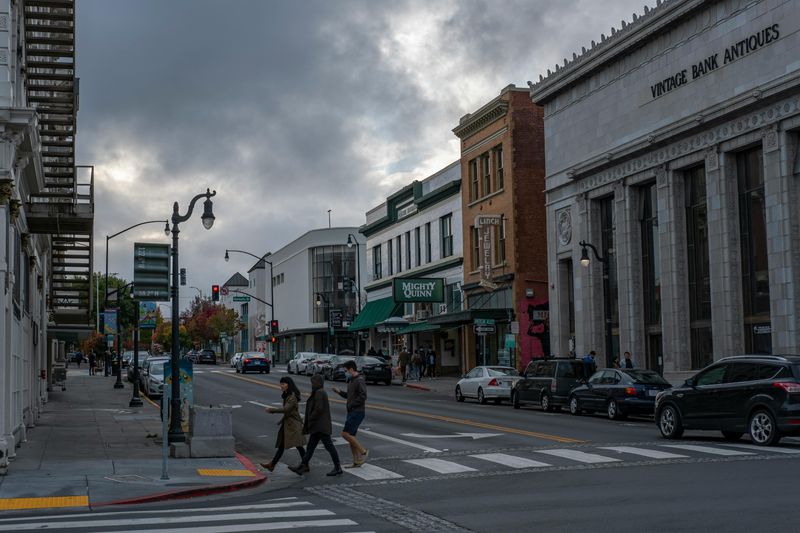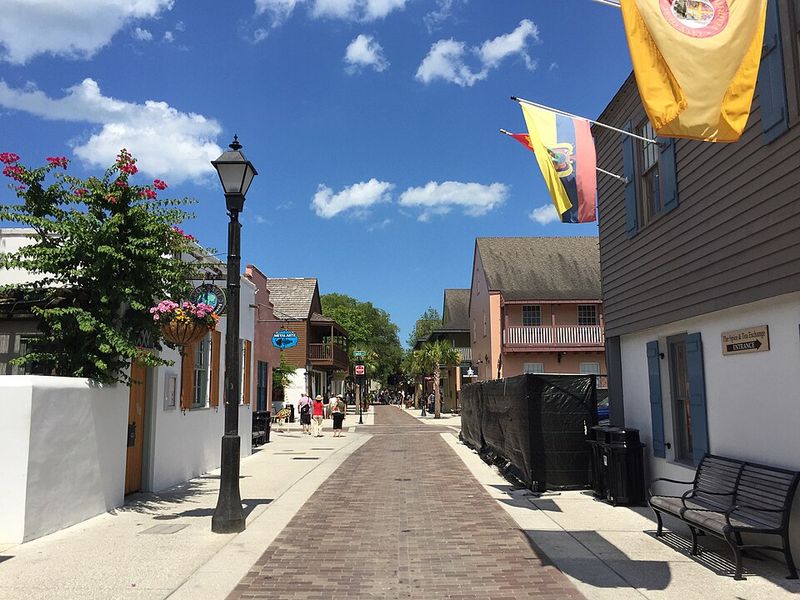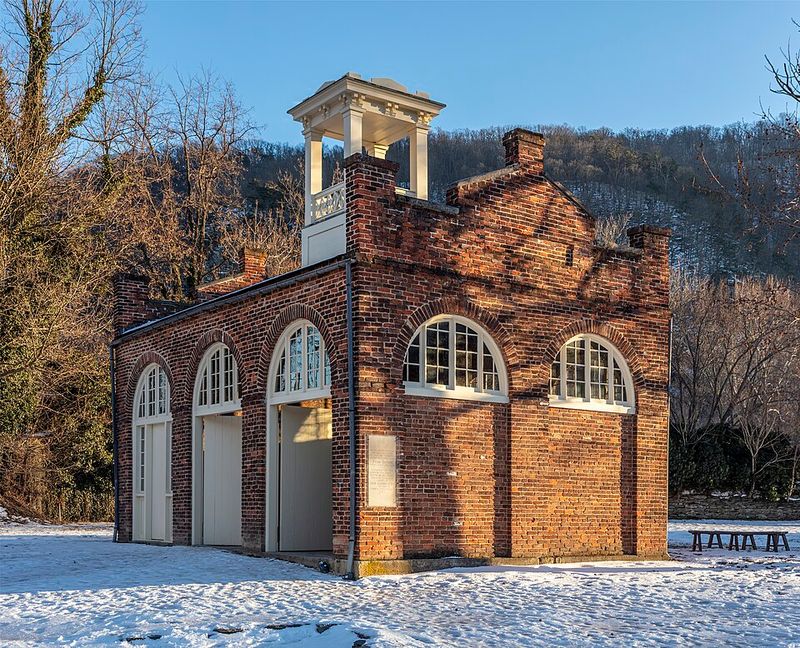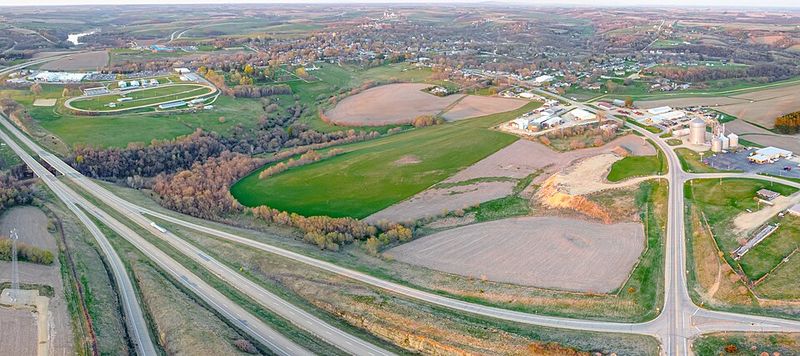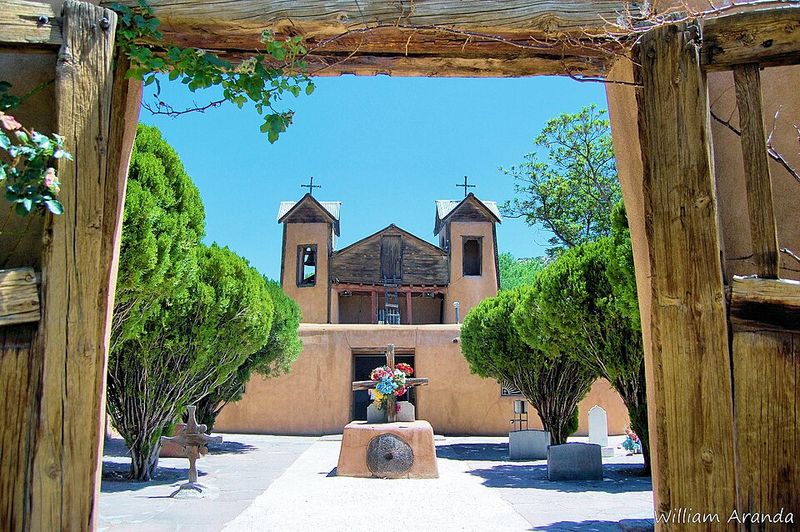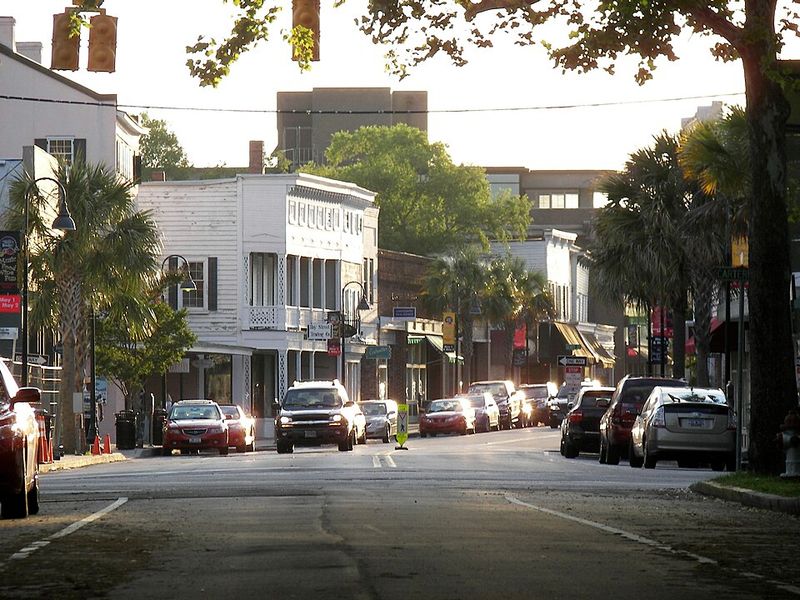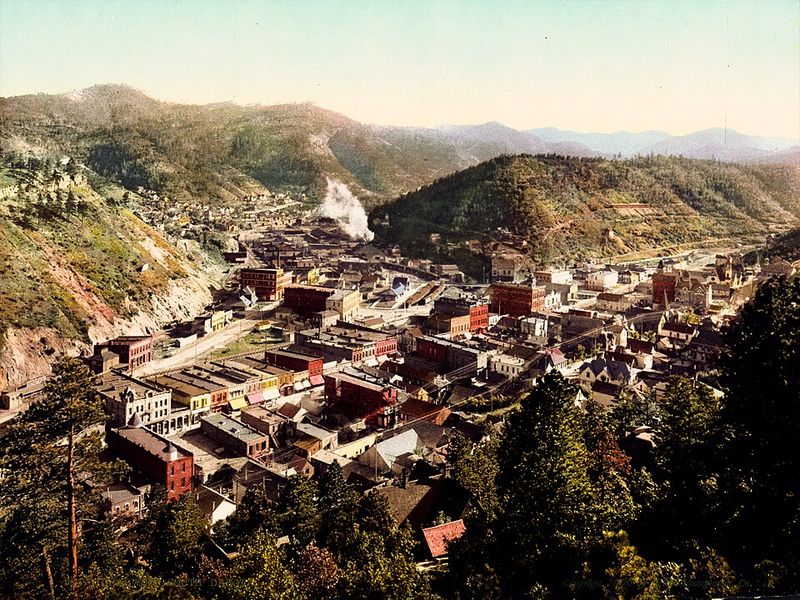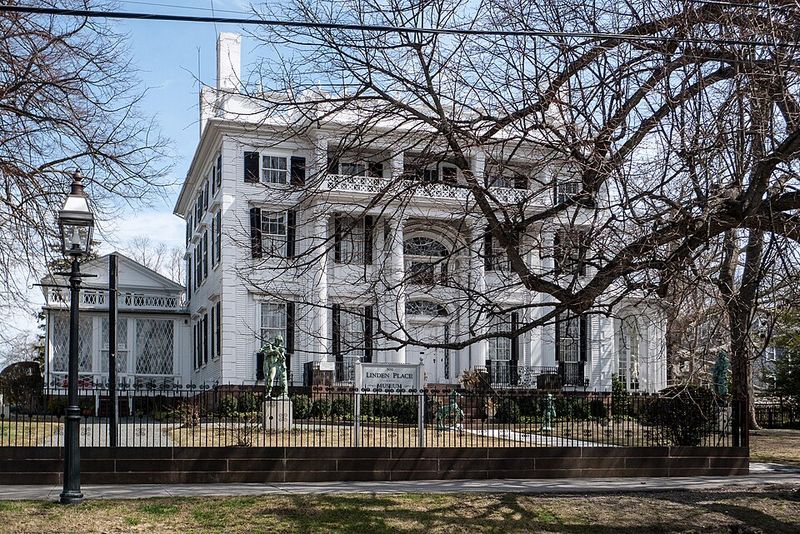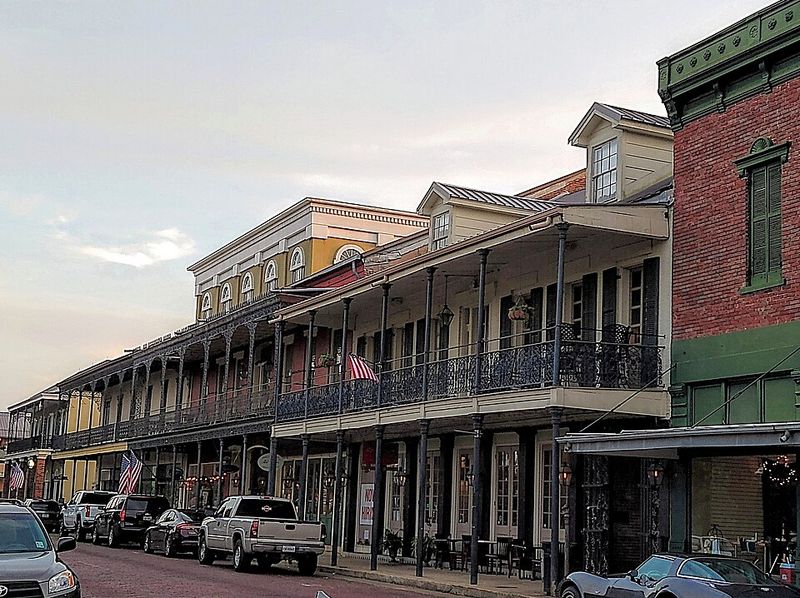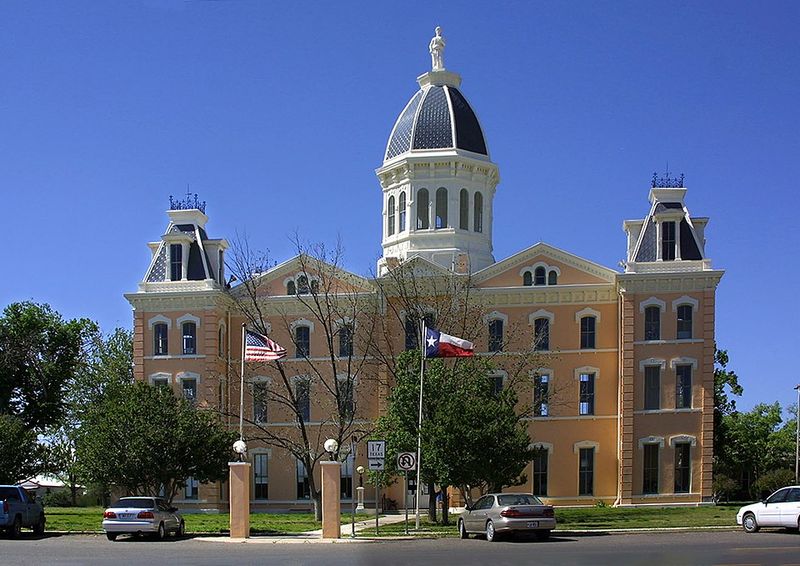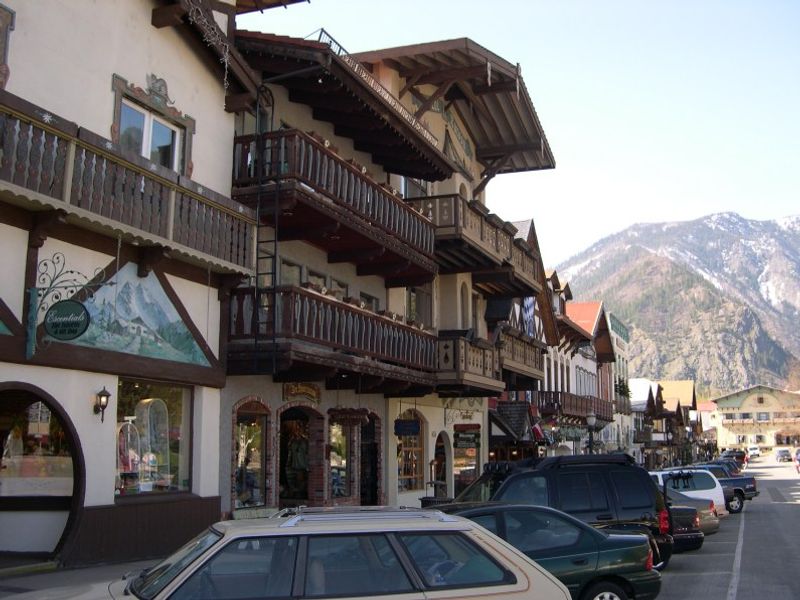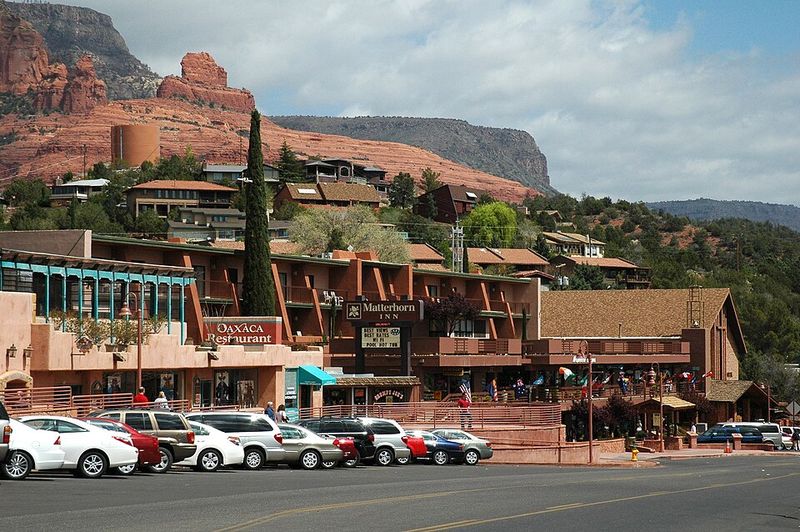You don’t have to visit Williamsburg or Salem to step back in time. Across the U.S., countless lesser-known towns are packed with centuries-old charm, preserved architecture, and fascinating stories from America’s past. From mining hamlets and Spanish settlements to Victorian seaports and Creole enclaves, these places reveal layers of American history in walkable streetscapes. Ready to trade the crowds for cobblestones and character? Dive into 22 historic U.S. towns that deserve a spot on your travel list.
1. Galena, Illinois
Once one of the Midwest’s busiest river ports, Galena rose on the wealth of lead mining and steamboat commerce. Its National Historic Landmark District showcases block after block of Italianate and Federal-style storefronts, with Ulysses S. Grant’s home anchoring the town’s presidential lore. The Galena River bends gracefully past brick warehouses, now boutiques and cafés, preserving the feel of an 1860s boomtown. Wander the bluffs for sweeping views, then step into museums that unpack mining technology, Civil War service, and frontier trade. Evening gaslights and restored facades lend a cinematic glow, inviting slow strolls and porch conversations. Galena proves small towns can carry big chapters of American history, elegantly bound in brick and stone.
2. Eureka Springs, Arkansas
Nestled in the Ozarks, Eureka Springs grew around healing springs that drew 19th-century health seekers by the thousands. The steep, serpentine streets form terraces lined with Victorian hotels, balconies, and whimsical gingerbread trim. Limestone stairways stitch neighborhoods together, revealing pocket springs and hidden gardens between buildings. Today, galleries and cafés occupy ornate storefronts that once served spa-bound visitors, while the historic tram rattles past bathhouses and cliff-hugging inns. Don’t miss the sublime Thorncrown Chapel, a glass sanctuary in the woods echoing the town’s harmony with nature. Photographers adore the stacked architecture and colorful facades, especially at sunrise. Eureka Springs remains a restorative retreat – part mountain village, part open-air museum – where water, wood, and stone tell enduring stories.
3. Nevada City, California
Nevada City is a Gold Rush time capsule tucked into the Sierra foothills, where wooden sidewalks and false-front facades revive the fevered 1850s. Saloons, assay offices, and opera houses survive as galleries, theaters, and cafés, preserving a streetscape that buzzed with miners and merchants. The town’s careful preservation extends to its vintage streetlights and brick alleys, inviting slow rambles between heritage plaques. Nearby trails lead to old diggings and river swimming holes, linking natural beauty to mining history. Festivals animate the calendar with period costumes, music, and Victorian holiday charm. With its handsome courthouse and cozy inns, Nevada City balances rustic authenticity and modern comfort. It’s Gold Country history you can walk, taste, and hear.
4. St. Augustine, Florida
Founded in 1565, St. Augustine layers Spanish, British, and American eras into an evocative coastal tableau. Coquina fortifications at the Castillo de San Marcos guard a waterfront lined with palmettos and glinting sailboats. Within the old town, balconies overflow with bougainvillea above narrow lanes, where mission bells and street musicians mingle. Museums trace centuries of conflict, faith, and cultural exchange, while Gilded Age hotels showcase Flagler’s opulence. Sip coffee in a courtyard shaded by live oaks, then wander to the lighthouse for sweeping Atlantic views. Nighttime ghost tours spin legends amid glowing lanterns and stucco walls. Every block here whispers of empire, resilience, and enduring maritime life.
5. Harpers Ferry, West Virginia
Perched where the Potomac meets the Shenandoah, Harpers Ferry compresses American history into a dramatic river bend. John Brown’s 1859 raid thrust this small town into the national spotlight, and the Civil War kept it contested ground. Today, the streets function as a living museum, with park rangers interpreting workshops, armory sites, and storefronts. Trails climb to Maryland Heights for views that frame brick facades and iron bridges below. The town’s geography – waterways, rail lines, cliffs – explains its strategic importance and turbulent past. Cafés and outfitters serve hikers and paddlers, blending recreation with remembrance. Harpers Ferry is where natural beauty and national reckoning converge, inviting reflection on freedom, conflict, and change.
6. Bardstown, Kentucky
Bardstown blends frontier-era architecture with bourbon heritage, earning its title as the Bourbon Capital of the World. Historic taverns and Federal-style homes line walkable streets where early Kentuckians traded news and spirits. Nearby rickhouses perfume the air with angel’s share, linking craftsmanship to landscape. Museums explore pioneer life, the Civil War, and distilling traditions, while scenic byways tie together small farms and stone fences. Tours reveal charred oak barrels, mash tuns, and the patient art of aging whiskey. Music spills from porches during festivals, and restaurants pair regional dishes with neat pours. In Bardstown, heritage tastes as rich as it looks, unfolding in amber light and brick.
7. Mineral Point, Wisconsin
Mineral Point preserves a rare pocket of Cornish mining heritage in Wisconsin’s Driftless Region. Hand-hewn limestone cottages, once home to 1830s miners, now host studios and tearooms that honor past and present crafts. At Pendarvis, costumed interpreters share pasty-making and hard-rock tales, while rustic lanes connect restored homes with prairie vistas. The town’s galleries feature pottery, metals, and textiles echoing Old World techniques adapted to the Midwest. Trails wind past mine remnants and shaded ravines, revealing how geology guided settlement. Festivals celebrate Cornish music and food, lending a convivial hum to quiet streets. Mineral Point’s textures – stone, timber, and clay – hold a tactile memory of industry transformed into art.
8. Chimayó, New Mexico
Chimayó centers on El Santuario de Chimayó, an adobe chapel and pilgrimage site famed for its sacred soil since the early 1800s. The village’s acequias nourish orchards and chile fields, while traditional weavers continue Rio Grande textile patterns in family workshops. Low-slung adobes glow against the Sangre de Cristo foothills, blending Spanish colonial and Pueblo influences. During Holy Week, thousands walk here in devotion, reaffirming community ties and centuries-old faith. Local eateries serve red and green chile that speak to deep agricultural roots. Artisans display retablos and santos, carrying on devotional craft. Quiet lanes, incense, and birdsong make Chimayó an intimate encounter with New Mexico’s enduring spiritual heritage.
9. Hermann, Missouri
Founded by German immigrants in the 1830s, Hermann channels Rhineland character into Missouri river country. Half-timbered storefronts, brick cellars, and hillside vineyards tell of a wine industry that once supplied the nation. Tasting rooms pour heritage varietals while museums trace immigration, printing, and brewing traditions. Oktoberfest fills streets with oompah bands and pretzels, but quieter seasons reward with river views and cozy inns. The Deutschheim State Historic Site preserves domestic life and craftsmanship, from featherbeds to stoves. Cyclists on the Katy Trail roll into town for strudel and history in equal measure. Hermann’s Old World heart beats steadily, seasoned by river breezes and cellar cool.
10. Beaufort, South Carolina
Beaufort, founded in 1711, preserves one of the South’s finest ensembles of antebellum architecture beneath canopies of Spanish-mossed oaks. Broad porches face tidal marshes where dolphins surface and oysters cling to rakes. Tabby ruins and Gullah Geechee heritage add depth to stories spanning Revolution, Reconstruction, and the Sea Islands. Historic tours thread past churches, cemeteries, and film locations, revealing layers of resilience. Culinary stops feature shrimp and grits amid breezy verandas. Kayakers slip into creeks at sunrise, while walkers linger along the waterfront park. In Beaufort, maritime rhythms and architectural grace fuse into a serene, storied setting.
11. Deadwood, South Dakota
Deadwood surged to fame in the 1876 Black Hills gold rush, drawing prospectors, gamblers, and legends like Wild Bill Hickok and Calamity Jane. Today, restored saloons and gaming halls line boardwalks that echo with frontier lore. Museums chronicle boomtown lawlessness, Lakota homelands, and mining technology, adding nuance to Hollywood myths. Trolley tours pass Victorian hotels and hillside cemeteries where names from dime novels rest. Trails lead into ponderosa forests, revealing rugged terrain that shaped survival and fortune. The town leans into theater with gunfight reenactments and Old West pageantry, yet honors complex histories. Deadwood offers grit and glamor in equal measure – polished but never forgetting its rough edges.
12. Bristol, Rhode Island
Founded in 1680, Bristol hosts America’s oldest continuous Fourth of July celebration, a tradition that paints the town red, white, and blue. Colonial and Federal-era homes face a gentle harbor where shipbuilding once thrived. The Linden Place mansion and local museums connect maritime commerce to decorative arts and global trade. Brick sidewalks and pocket greens encourage lingering, while seafood shacks nod to working waterfront roots. During parade season, the main street blooms with bunting and community pride. Off-season, cyclists explore nearby coastal paths and quiet, storied neighborhoods. Bristol’s blend of ceremony, craftsmanship, and shoreline charm feels quintessentially New England.
13. Eureka, Nevada
On the Loneliest Road in America, Eureka stands as a high-desert time capsule of Nevada’s silver boom. The 1879 Opera House still hosts performances beneath pressed-tin ceilings and velvet curtains, while adjacent buildings display sturdy brickwork and iron shutters. Museums interpret smelting, rail spurs, and the multicultural workforce that powered the mines. Wind-swept streets and distant ranges frame a town that feels both remote and resilient. Step inside the courthouse to admire woodwork and civic pride, then stroll to see restored signage glowing at dusk. Eureka’s friendly, plainspoken spirit keeps history tangible, inviting road-trippers to slow down and listen.
14. Natchitoches, Louisiana
Founded in 1714, Natchitoches is Louisiana’s oldest town, gracing the Cane River with Creole cottages and wrought-iron balconies. Brick streets thread past pastel facades and lush courtyards scented with magnolia. The National Historic Landmark District showcases French, Spanish, African, and American influences woven into architecture and cuisine. Try meat pies and pralines between museum stops interpreting plantations, river trade, and folkways. Film buffs recognize scenes from Steel Magnolias, but the real star is the lived-in charm. Seasonal festivals fill the riverfront with lights and music, while quiet mornings reveal herons and mirrored water. Natchitoches offers Southern warmth steeped in layered history.
15. Bisbee, Arizona
Bisbee clings to the Mule Mountains in a maze of stairways, alleys, and vividly painted homes – an arts colony born from copper. The Queen Mine Tour descends into the earth to reveal drills, trams, and the grit of early 20th-century extraction. Above ground, galleries, cafés, and murals animate former company town blocks. Steep stair climbs double as public art walks, rewarding with panoramas of red rooftops and desert ridgelines. Night brings starry skies, live music, and a touch of eccentric flair. Historic hotels recall labor struggles and booms, while residents preserve an independent spirit. Bisbee’s patina – part ore dust, part imagination – makes history feel alive and offbeat.
16. Fernandina Beach, Florida
Fernandina Beach layers Spanish, British, French, Confederate, and American chapters – eight flags in all – onto a sunlit Amelia Island harbor. Victorian houses with wraparound porches sit near brick warehouses tied to shrimping and timber trades. Downtown, antiques, bookstores, and ice cream parlors fill 19th-century storefronts. The Palace Saloon claims Florida’s oldest bar, and the marina bustles with working boats at dawn. Fort Clinch’s brick bastions and dunes invite hikes and history lessons amid ocean breezes. Festivals celebrate pirates, shrimp, and seafood lore, reflecting a lively maritime culture. Fernandina Beach feels playful yet grounded – salty air, ship bells, and porch swings stitching past to present.
17. Port Townsend, Washington
Port Townsend dreamed big in the 1880s, building opulent banks, hotels, and a grand courthouse for a railroad terminus that never came. The result is a remarkably intact Victorian seaport overlooking Admiralty Inlet, where wooden piers and tall ships meet ornate brick blocks. Fort Worden’s batteries and parade grounds add military history and sweeping Strait views. Writers, boatbuilders, and musicians sustain a creative waterfront culture anchored by maritime trades. Coffeehouses hum, gulls wheel, and fog drifts through alleys that glow at dusk. Port Townsend’s ambition endures not in rails but in craftsmanship and community, polished by salt air.
18. Lewes, Delaware
Founded in 1631, Lewes claims Delaware’s earliest European roots and a maritime identity shaped by lighthouses, pilots, and shipyards. White-clapboard homes and tidy gardens line streets that lead to a canal once busy with oystermen. The Zwaanendael Museum interprets Dutch origins and shipwreck lore, while nearby Cape Henlopen reveals WWII observation towers and windswept dunes. Cyclists and kayakers trace gentle waterways as seabreezes lift porch flags. Restaurants serve crab cakes and seasonal catch, reflecting a living connection to the bay. Lewes feels neighborly, historical, and refreshingly calm – an anchorage for stories and sails alike.
19. Marfa, Texas
Marfa began as a railroad water stop, but history here now mingles with modern art and desert mystique. The Presidio County Courthouse crowns a grid of low-slung buildings that survived ranching booms and military chapters. Donald Judd’s minimalist installations transformed former hangars and warehouses, reframing West Texas light as subject and material. Evenings, visitors scan the horizon for the enigmatic Marfa Lights, a century-old local curiosity. Galleries, food trucks, and adobe casitas create a stylish yet spare ambiance, anchored by the town’s frontier bones. Marfa proves history can ripple forward—in courthouse domes, rail beds, and conceptual sculpture under infinite sky.
20. Camden, Maine
Camden pairs a postcard harbor with a tidy downtown of shingled shops and seafood joints. Historic shipyards and windjammers speak to a seafaring past that still animates the waterfront. Hike to the Mount Battie tower for views that poets praised, then return for a lobster roll on the dock. White-steepled churches and clapboard homes anchor streets that glow during autumn foliage. Maritime museums, bookstore nooks, and boat tours round out a gentle rhythm of sails and stories. In Camden, the tide carries memory – of builders, captains, and coastal craft – into the present with each creak of rigging.
21. Leavenworth, Washington
Leavenworth reinvented itself in the 1960s as a Bavarian-themed village, wrapping its earlier logging and rail history in alpine trappings. Half-timbered facades, murals, and beer gardens sit beneath a dramatic Cascade backdrop. Festivals – Oktoberfest, Christmas Lighting – draw revelers, but quieter weeks reveal trails, river walks, and heritage exhibits. The Nutcracker Museum and local theaters add quirky depth, while bakeries fuel morning strolls with pretzels and strudel. Despite the fantasy veneer, railroad remnants and sawmill stories linger in plaques and museums. Leavenworth’s charm lies in its conscious preservation-through-transformation, where tourism sustained a town and mountain culture reshaped its identity.
22. Sedona, Arizona
Sedona’s red rock amphitheater frames a town whose history spans Indigenous presence, homesteading, and Hollywood Westerns. Early ranches and film sets gave way to art colonies and spiritual seekers, leaving a layered cultural footprint. Galleries showcase Native and Southwestern art, while heritage sites and museums interpret pioneer cabins and Sinagua cliff dwellings nearby. Trails like Cathedral Rock and Boynton Canyon connect geology to legend and ceremony. At sunset, sandstone ignites, and stargazers find dark skies that feel timeless. Sedona’s mystique is more than postcards – it’s a dialogue between landscape, memory, and meaning in the high desert.
